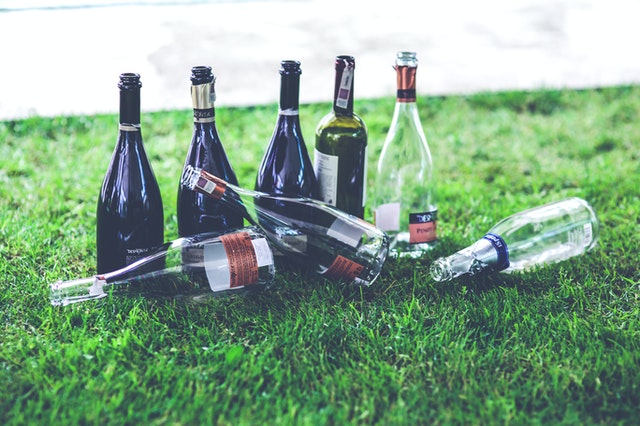We commonly associate peer pressure, or coercion to smoke, drink, have sex, or do other activities in order to fit in or gain social status, with teenagers. However, peer pressure can affect all age ranges. One study by Drinkaware found that 35% of adults surveyed drank more than they intended because they were pressured by others. Excessive drinking can be dangerous for all ages, and there is no expiration date on the risk of developing a problem with alcohol or drugs. In fact, many people find that they develop a problem later in life, with 10-15% of people starting to drink heavily in older age. This article explores some of the dangers of peer pressure and offers some coping strategies you can use if you feel that you are at risk.
Addiction does not discriminate. While many people find that their usage became heavy almost immediately, many people’s usage progresses more slowly, but with equally disastrous results. Addiction works by hijacking the brain’s natural reward system. Prolonged exposure to a substance or behavior actually causes physical changes in the neuropathways, which can be observed in brain scans. As previously mentioned, there is no time limit for problematic drinking. Even “non-problem” drinkers may want to drink less since alcohol is associated with all kinds of illnesses.
Humans are social animals; we take pleasure in being part of a community. One of the ways in which we bond with others is through shared experiences. If we are enjoying something, then we want others to partake and experience the same pleasure. For some drinkers, it is important to share the experience with others. In some cases, people who seek drinking companions may not have a problem with addiction and are unaware of the dangers for others. However, some people seek to normalize their own problematic behavior by encouraging others to join in with them. If other people are doing it, then it must be fine for them to do so, right? Or they may believe that their consumption is only a problem if they drink alone.
This is where it is important to recognize the difference between peer-pressure and peer-normalization. It is entirely possible to be pressured into a behavior by those around you without their explicitly encouraging you to do so. However, we should not measure our behavior by the behavior of those around us. If you suspect that you are drinking too much, even if your friends drink the same amount, then you are probably drinking too much!
It is important to note that this can happen subconsciously. We tend to adhere to the norms and values around us without even thinking about it. This does not mean that if you have experienced peer pressure from someone around you that they are a bad person or want you to come to harm or, conversely, that you are a bad person if you have a history of pressuring others to use addictive substances. It simply means that they, or you, are not educated around the dangers of alcohol. Although it may be tough and seem awkward at times, the negative effects of peer pressure can be mitigated.
In situations in which you find yourself being pressured or are called out for pressuring others, honest and open communication is key. It is crucial to have clear boundaries around behaviors which are acceptable to you and your friends. You can inform people that you don’t wish to partake in a certain behavior, and you are not obligated to explain why. These boundaries are as essential as your physical boundaries, and it is entirely up to you what you choose to disclose to another person. It is important that people know how serious you are about your boundaries, and many people are simply uneducated about the dangers of excess drinking. Conversely, show the same respect to others’ choices.
Of course, if someone is not able to adhere to these boundaries, then it may help to distance yourself from them or only meet them within a non-drinking context. While it seems at times like all activities include or even revolve around alcohol, especially when are surrounded by people who drink heavily, sobriety is an increasingly popular choice. Even those who never were “problem-drinkers” and many groups now organize alcohol-free activities in most cities. For instance, alcohol-free bars are a growing trend in the United States. Even if there aren’t any activities in your area, you could always be the one to pioneer this!
Of course, not drinking isn’t as open-and-shut as simply stopping doing it, and many people find that they are unable to do so without help. It is important to remember that this doesn’t mean that you are weak-willed or morally defective; alcohol and drugs are addictive, and this has a strong effect on decision making. If you do suspect that you have a problem with substance use, then the wisest thing that you can do at any age is seek help.
There are mutual support groups such as Alcoholics Anonymous in almost every town in the United States, and many fantastic treatment facilities exist in every state. Again, addiction is not a moral failing by you; alcoholism is a disease and addressing it is an incredibly brave act. Record numbers of older people are choosing to go into treatment, which means that many worries such as not being able to relate to a “younger crowd” should be put to rest.
Originally published at: https://www.heatherhayes.com/adult-peer-pressure-drinking-to-fit-in/


